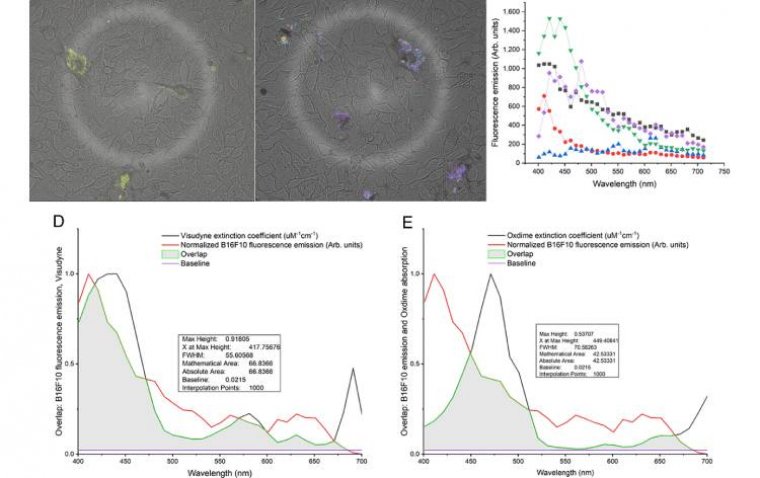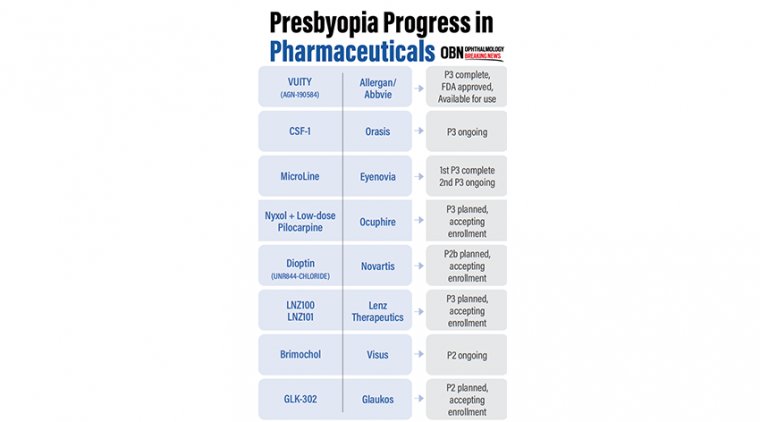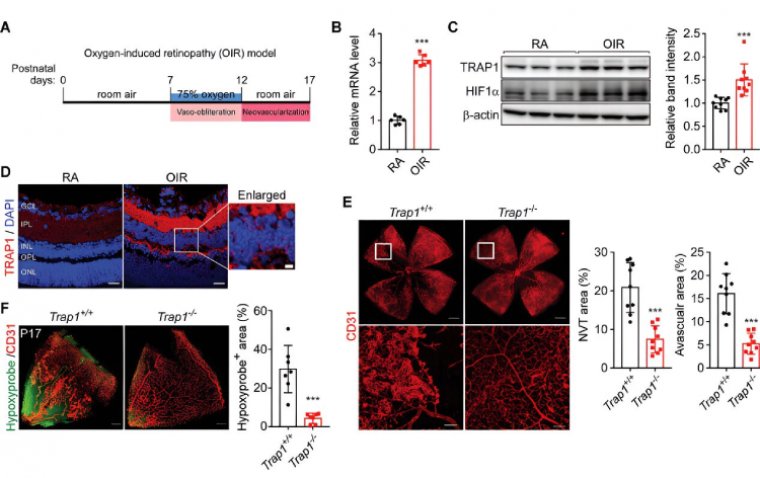
WashU Secures $20M Grant for Novel Eye Disease Screening Device
Washington University in St. Louis has been granted up to $20 million by the Advanced Research Projects Agency for Health (ARPA-H) to spearhead the development of a novel portable device aimed at revolutionizing the detection of eye diseases.
The initiative, led by Chao Zhou, a professor of biomedical engineering in the McKelvey School of Engineering, seeks to harness innovative technologies to enhance optical coherence tomography (OCT) systems, crucial for high-resolution imaging of the eyes.
Zhou's vision for a portable OCT system, facilitated by photonic integrated circuits (PIC) and custom-designed electronic integrated circuits, promises to democratize advanced eye screening. The project's scope transcends ophthalmology, with potential applications in cardiology, dermatology, dentistry, endoscopy, and urology.
Traditional OCT systems, albeit effective, suffer from drawbacks such as high cost, complexity, bulkiness, and labor-intensive assembly. Zhou's proposed device aims to circumvent these limitations by offering a lightweight, cost-effective alternative capable of delivering high-resolution 3D scans of the retina within seconds.
"The integration of photonic and electronic integrated circuits simplifies the assembly process and lowers production costs, making OCT more accessible to a wider range of health-care facilities and patients," Zhou emphasized.
Zhou's team has pioneered the space-division multiplexing optical coherence tomography (SDM-OCT) technique, boasting unparalleled speed and accuracy in imaging. However, the complexity of assembly hindered widespread adoption. With ARPA-H funding, the team aims to leverage advancements in semiconductor processes to streamline manufacturing and drive down costs.
The project's ambitious roadmap entails the development of fully integrated photonic-integrated chip (PIC)-OCT prototypes tailored for ophthalmic imaging. By harnessing cutting-edge technologies, the proposed system aims to outperform existing commercial OCT systems while significantly reducing costs.
"The proposed system is more than 50 times faster than existing state-of-the-art commercial OCT systems at a fraction of the cost," affirmed the researchers.
Despite the formidable challenges, Zhou and his collaborators remain undeterred in their pursuit of innovation. With a meticulous plan spanning eight key areas, the team is poised to usher in a new era of precision healthcare, where advanced imaging technologies promise to revolutionize disease diagnosis and management.
(1).jpg)










